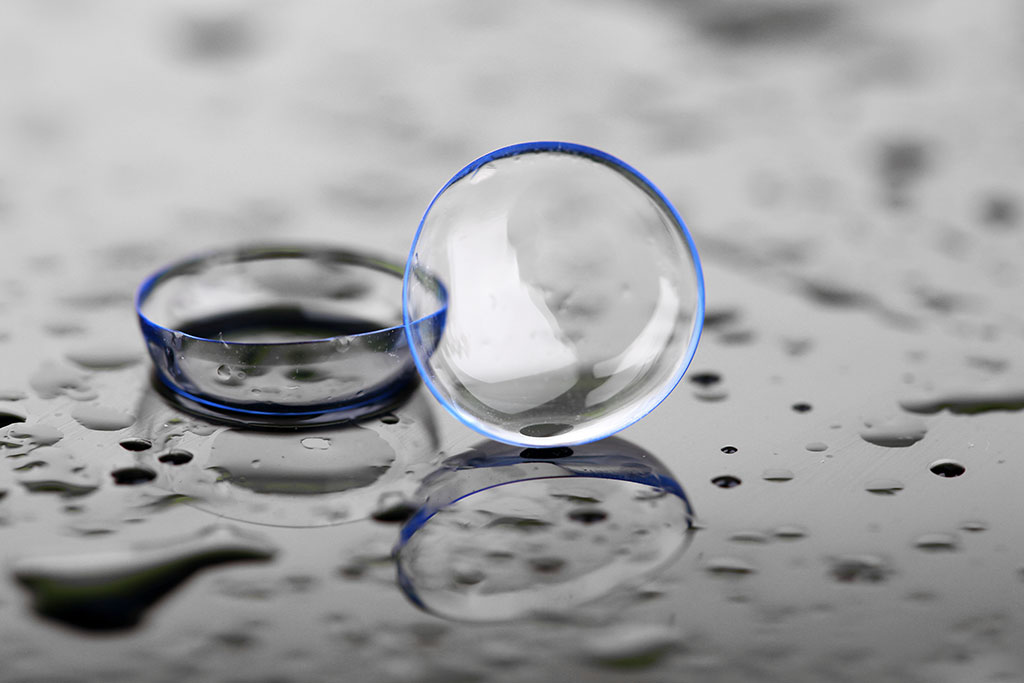Selecting the Right Type of Contact Lenses

Choosing the right type of contact lenses is more complicated than selecting and buying glasses.
Most vision centers and online sellers supply two basic types of contacts: soft lenses and rigid gas-permeable lenses.
Soft lenses are made of a gelatin-like substance with high water content. Most wearers adapt to them quickly and easily. The high water content allows oxygen to pass to the cornea, the tissue covering the eye. This oxygen supply is crucial because the cornea, unlike other body tissues, doesn’t have a blood supply.
Soft lenses have several advantages over rigid gas-permeable options. They are easier to get used to, require almost no maintenance, and cost less. Because they cover a large part of the eye’s surface, they work well in dusty conditions and prevent these particles from reaching the eye. They also can’t be dislodged easily, making them ideal for use in sports.
On the other hand, rigid gas-permeable lenses can provide clearer vision due to more precise shaping. Because they don’t absorb moisture, they can be worn by individuals who have relatively dry eyes. And their relatively long lifespans means they are likely to cost less.
Within these two basic types of contact lenses, there are a few variants:
Extended wear lenses. While regular lenses should be removed each night for cleaning and to allow oxygen to freely reach the cornea, extended wear lenses allow for longer intervals between removals. Both soft and rigid gas-permeable extended wear lenses are available.
Disposable lenses spare you the trouble of cleaning your lenses. Like other contact lenses, disposables are made in both daily wear and extended wear versions. Extended wear disposables are designed to be used for a specific time period—two weeks, a month, or even three months—depending on the brand. Daily wear disposables get swapped out for new ones each morning.
When buying contacts, ask to try a sample pair. The practitioner should carefully check their fit on your eyes and how well you see using a standard eye-chart test. Also look left, right, up, and down several times while holding your head in different positions to check their fit. And try blinking, squinting, and closing your eyes several times. If the contacts don’t fit just right, ask to try out other options.
If you’re new to contacts, ask for lessons on inserting and removing them. You can expect a little discomfort during the adaptation period, but you should suffer no real pain. If you do, remove the lenses immediately and return to the practitioner as soon as possible.
Most dispensers will refund some or all of your money if your eyes do not adapt to the contacts within a specified time. A few have a no-refund policy but promise to make numerous adjustments, if necessary, to obtain a satisfactory fit. Neither arrangement is foolproof.
Another way to deal with contact fit or vision prescription problems is to go to a different optometrist or ophthalmologist for another eye examination. But since this will cost more, only do so as a last resort.


